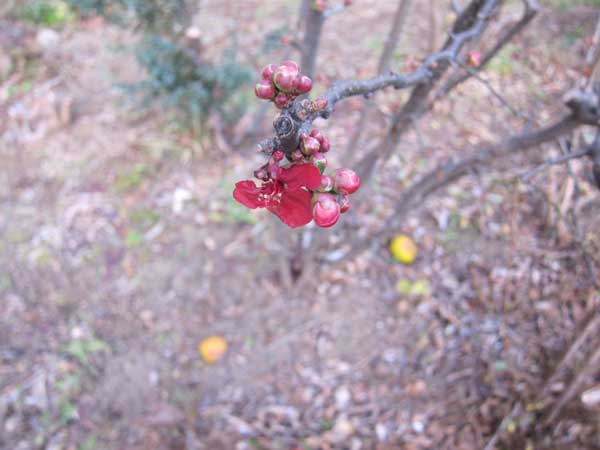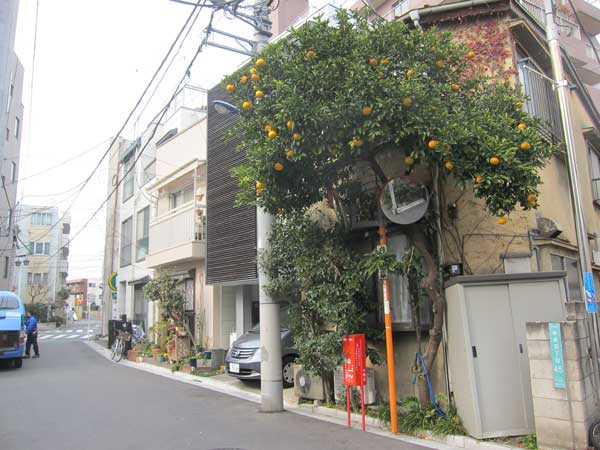
ベランダの植物に、食用と装飾との違いはありません。ナスの花がきれいです。この写真の中に、イチゴ、キュウリ、ブルーベリー、ロズーマリー、パセリが見えます。さらに、今年、オクラを育てています。花がきれいで、僕はオクラが嫌いですが、相方が大好きです。
There’s no contradiction between edible and decorative garden plants, especially on a small balcony. I love these purple and yellow eggplant flowers. Also in the frame are strawberries, cucumber, blueberries, rosemary, and parsley. This year I’m also growing okra, which I don’t like to eat. It’s a beautiful plant, and my husband will eat them.


